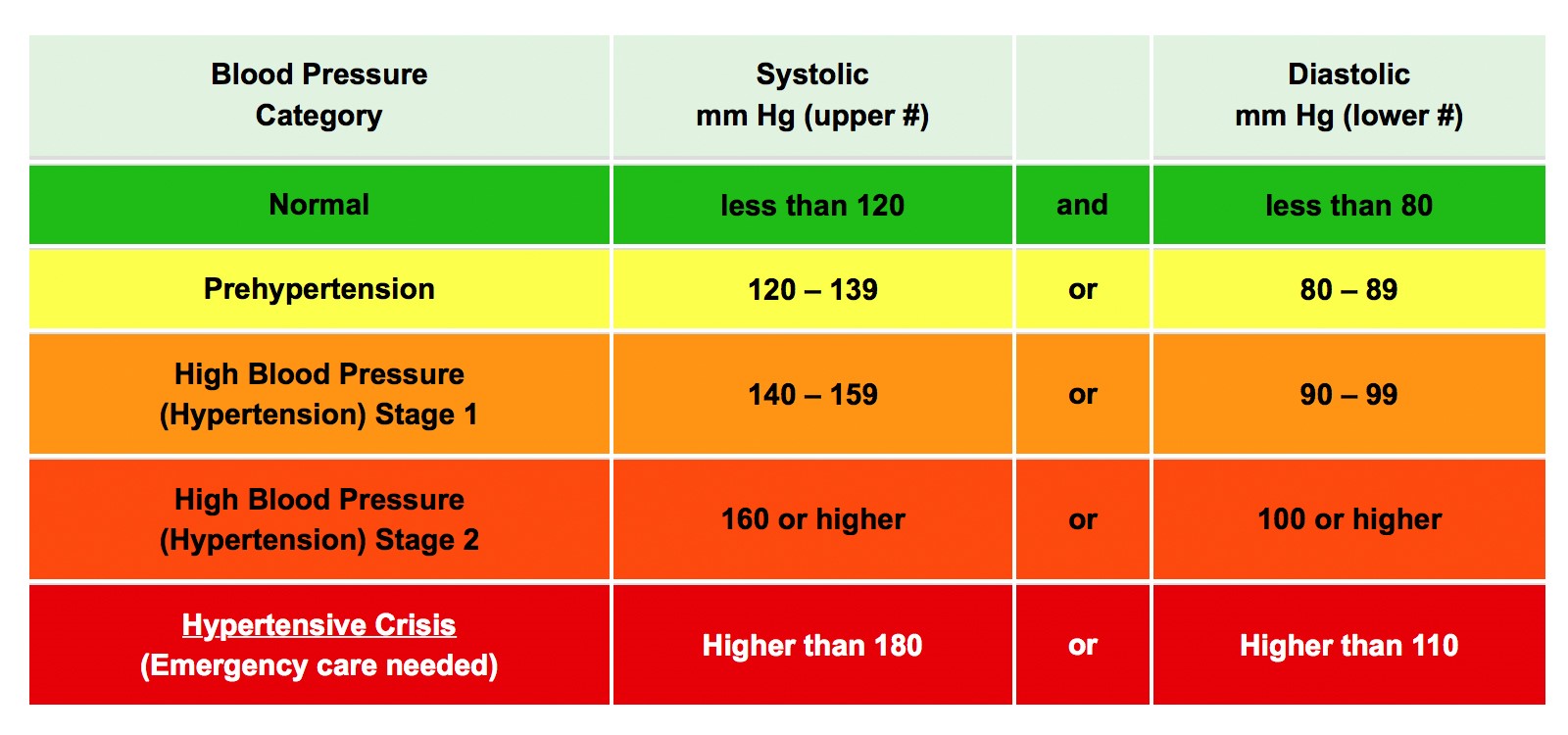March 23, 2020 by Amy Kimberlain
Hypertension: Logging Your Numbers Properly

If you’ve had your blood pressure taken at your doctor’s office and it was found to be normal, it is still important to keep track of your numbers periodically.
That’s because 1 in 8 in eight Americans have “masked hypertension,” researchers from Stony Brook and Columbia University reported last month.
The new finding is the opposite of the so-called “white coat effect,” the phenomenon in which the patient shows a higher blood pressure level during a doctor’s visit than he would have shown at home, usually due to anxiety caused by medical settings.
(The Baptist Health South Florida News Team hears from Juliet Vento, M.D., a primary care physician with Baptist Health Primary Care, about keeping track of your blood pressure. Video by George Carvalho and Alcyene C. de Almeida Rodrigues)
Who’s at Higher Risk
The lead researcher from Long Island, Joseph Schwartz, found that “masked hypertension” is widespread, affecting about 17.1 million people nationwide. He also noted that men are more affected than women, while older and overweight people are at higher risk.
Hypertension affects 75 million Americans in the United States, according to the U.S. Centers for Disease Control and Prevention (CDC). Also known as the ‘silent killer’ for its asymptomatic characteristics, one out of five adults suffers from high blood pressure and doesn’t know it.
Children to elderly adults are at risk of developing high blood pressure, which makes it even more important to regularly visit your primary care doctor to be aware of any concerning changes in your blood pressure readings.. It is estimated by the CDC that only about half of the people suffering from hypertension have their condition under control.
Juliet Vento, M.D., a primary care physician with Baptist Health Primary Care, says that “if you’ve shown signs of elevated blood pressure, keep a blood pressure log for about seven days. By looking at the numbers from your blood pressure log, it helps us guide our treatment”.
What is Blood Pressure?
Blood pressure is the force of the blood against the artery walls as it circulates from the heart through the entire body. If it is consistently high and not treated, it can lead to heart disease and stroke, two leading causes of death in the United States.
A blood pressure reading that is less than 120/80 mmHg is considered normal, and more than 140/90 mmHg is too high. Any numbers in between mean that the person has pre-hypertension and is at a higher risk of becoming hypertensive.
There are many factors beyond your control that can increase your risk for hypertension, including age, sex and ethnicity. But you can greatly reduce the risks of developing high blood pressure by not smoking, not drinking too much alcohol, maintaining a healthy weight, eating a healthy diet that is low in sodium, and exercising regularly.
If your doctor puts you on medication, it is very important to stay compliant. “Typically high blood pressure medications are not to be taken just for when your blood pressure is high, but they are most likely to be taken everyday,” says Dr. Vento.
Complying with your medication and making lifestyle changes are equally important in fighting this silent and serious condition.
The blood pressure measurement is painless and can be done at your primary care physician’s office, at a pharmacy, or at home. If you choose home monitoring, it is important to calibrate your device at the doctor’s office for accuracy once a year, and to check the results with your physician periodically to avoid misreadings.
Measuring Your Blood Pressure at Home
According to the American Heart Association:
- Choose a monitor that has been validated and it is automatic, bicep (upper-arm) and cuff-style.
- Do not drink any beverages containing caffeine, do not smoke or exercise within 30 minutes before you measure your blood pressure.
- Be still; sit with your back straight and your feet flat on the floor.
- Measure at the same time every day, such as morning and evening.
- Take a couple of readings one minute apart and record the results.
An isolated high reading is not a reason to be alarmed yet. Measure your blood pressure a few more times and consider calibrating your monitor again. If your blood pressure suddenly reaches 180/110 mm Hg or higher, call 9-1-1. If you suffer from atrial fibrillation or other arrhythmias, you may benefit from checking your blood pressure at your primary care physician’s office regularly, rather than at home, due to risk of inaccuracy.

top stories












There are no comments